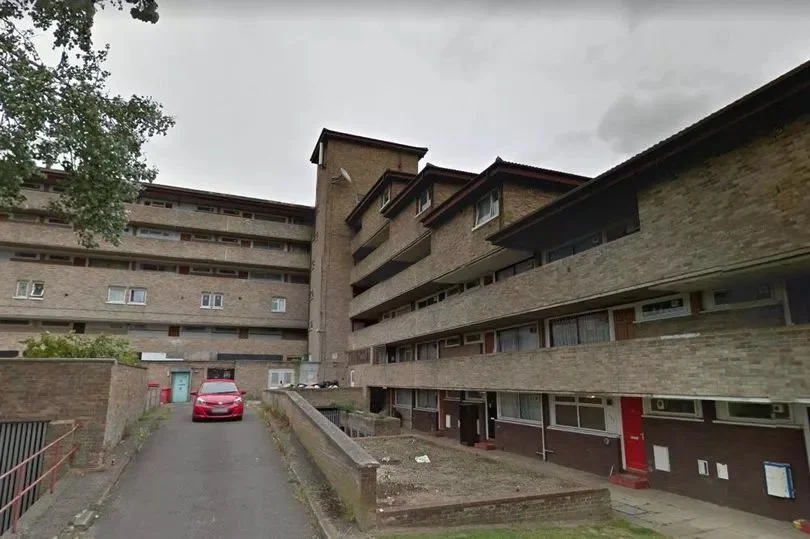In City Journal, National Civic Art Society Research Fellow Theodore Dalrymple returns to Milton Keynes, the British city born of 1960s modernist planning ideals. Conceived as a rational response to urban crowding, it was built on the belief that the right grid, traffic pattern, and housing formula could engineer a better society. What Dalrymple finds instead is a city defined by absence: no real streets, little civic life, and a landscape that feels more measured than lived in.
Dalrymple traces the logic that shaped Milton Keynes—wide roads, subdued buildings, and a deliberate avoidance of tradition—and considers the psychological effects of life in a place built without memory. The city's form, he argues, reflects a worldview that replaces culture with calculation and treats citizens as units to be managed.
Yet amid the monotony, he encounters something unexpected. A local gallery hosts an exhibition of South Asian miniatures, offering a rare moment of depth and delight. Dalrymple's piece is both an exploration of a place and a reminder: even the most sterile environments cannot fully suppress the human need for beauty and meaning.
Read the full piece at City Journal.
Serpentine Court in Milton Keynes, UK



